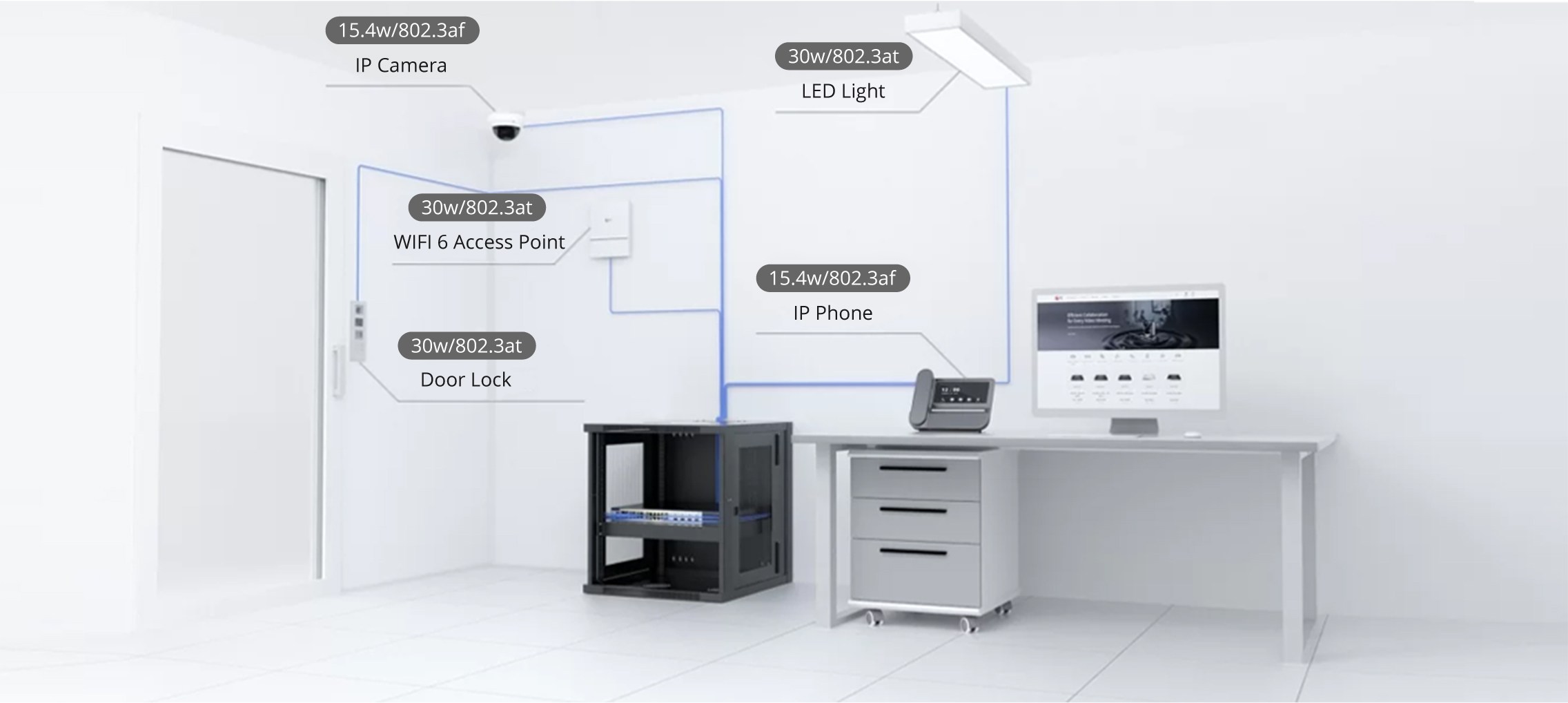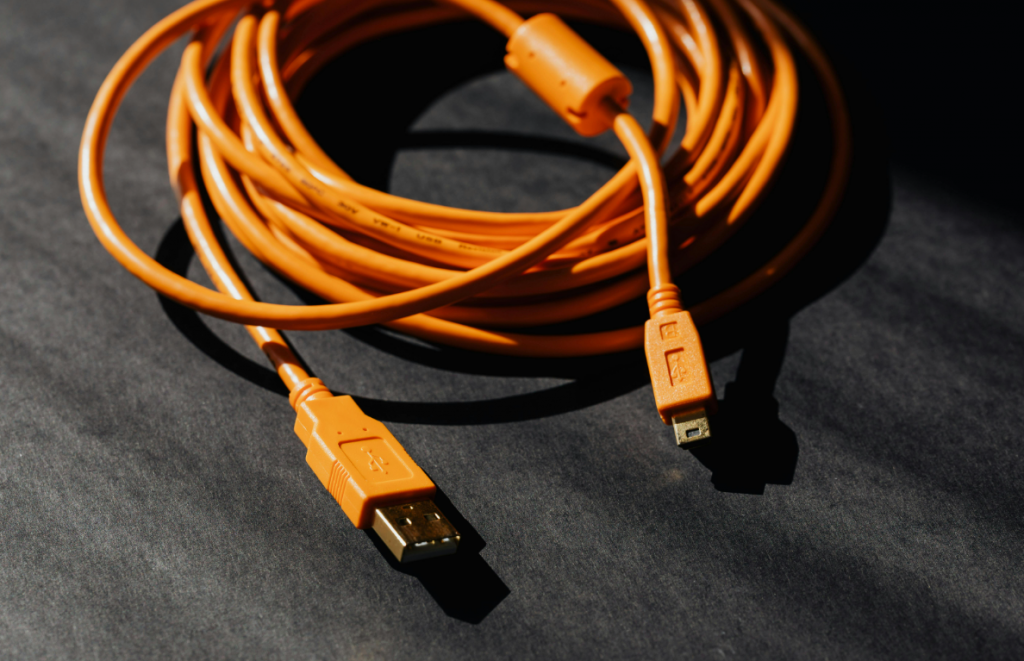































Earlier this year, I reported that the Battery Health numbers that your iPhone gives you are garbage.Well, it's now a month on, and I'm starting to think that Apple has chosen to display the data this way to stop users complaining.
You can find iPhone models directly from Apple starting from$449.
Read nowHere's the deal. According to Apple, an iPhone's battery is rated to hold 80% of its capacity after 500 complete charge cycles.
Well, Apple doesn't make it easy for users to find how many recharge cycles their iPhone's battery has been through. Instead, Apple offers a Battery Health measurement that can be found in underSettings > Battery > Battery Health.
According to Apple, this is a percentage figure that "is a measure of battery capacity relative to when it was new."
OK, fine.
But here's the deal. MyiPhone 13 Pro Max was a launch day iPhone (actually, because of a UPS mix-up, I got it a day late). That means that it has been in use for 131 days as of today.
OK, so that's far from new. According to the data that theiPhone collects and stores in the iOS operating system (details how to access this data here), the battery has been through 117 recharge cycles.
Also: Try this iPhone screenshot trick
117 cycles are a fair chunk of the 500 cycles that Apple promises for the battery to hold 80% of its original capacity still.
But according to iOS, my battery is still like new, holding 10% of its original capacity.
That's garbage.
And Apple must know that it's garbage.
As I've explained before, the rated capacity of any battery is a theoretical figure, and some will have more capacity, some with a lot more (they really shouldn't have less). The more capacity a battery has over that theoretical rated capacity, the longer it takes for the counter to tick from 100% to 99%.
Now, Apple could do this differently. It could take the first full charge cycle and use that as the battery's maximum capacity. That would be much better than using a theoretical rated capacity.
But Apple chooses to do it differently, and I think I know why.
Imagine you're dropping a lot of cash on an iPhone, and from day one, you're noticing the battery health starting to tick down.
A lot of people would start to get a bit anxious.
And of those, some would be pestering tech support and the Geniuses, and there would be a worry that the battery is somehow defective when it isn't.
So, Apple hides the recharge count away from all but the most determined of prying eyes and instead offers a Battery Health counter that spews reassuring numbers during that initial period of ownership before starting to tick down and people start to worry about the state of their battery.
I'm curious how many recharge cycles it will take before my Battery Health number starts to tick down.
Any bets?
 Hot Tags :
Tech
Our process
Smartphones
iPhone
Hot Tags :
Tech
Our process
Smartphones
iPhone